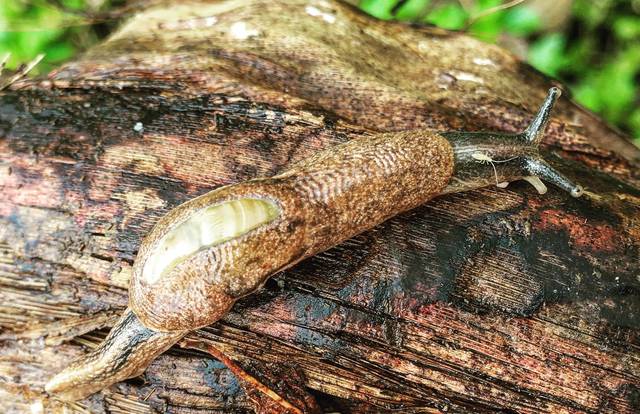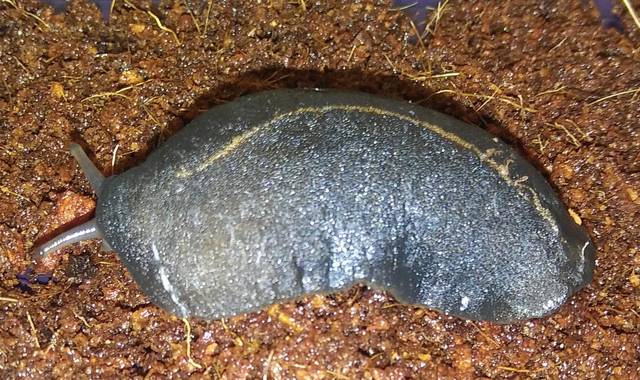A recent study by University of Hawaii at Manoa researchers revealed more information about where rat lungworm has spread — and where it might spread in the future as the climate changes.
In an article published in June, six researchers with UH-Manoa reported the results of studies of 37 snail and slug species from 182 sites throughout the Hawaiian Islands.
The larvae of the parasitic rat lungworm use snails and slugs as intermediate hosts after the gastropods consume the feces of rats infected by the mature worm. However, larvae can be transmitted to human hosts who ingest an infected snail or slug, typically through improperly cleaned produce carrying the small gastropods.
Because of this, areas more conducive to the breeding of snails and slugs — generally warmer, rainier areas — are more likely to host the parasite.
Infected gastropods were discovered at 40 sites on five of the six publicly accessible Hawaiian Islands — excluding Lanai, although the paper states the parasite might exist undetected on that island, as well — in 16 slug and snail species. Eleven of those species tested positive for the parasite on the Big Island.
The text of the paper specifically names southeast Hawaii Island as the part of the state with the most infections, owing to the area’s “particularly wet conditions.”
Some of the species that tested positive previously were not confirmed as carriers of the parasite, said Kenton Kramer, associate professor in the Department of Tropical Medicine at UH’s John A. Burns School of Medicine.
One such species, Oxychilus alliarus, is a carnivorous snail that is thought to contract the parasite after eating other infected snails.
The study also makes predictions regarding how a warming climate might cause the parasite to spread farther. In particular, areas of higher altitude throughout the state are expected to become more suitable breeding grounds for gastropods and rats as global temperatures increase.
“In Hawaii, historically, the only people who got infected were people who intentionally ate slugs or snails, whether on a dare or after drinking too much or whatever,” Kramer said. “But, starting around 2005, we started seeing a lot more people getting infected without remembering eating a slug because they didn’t know to clean their produce. So, if there are more slugs or snails, you could start seeing more people getting infected.”
Initial symptoms of rat lungworm infection include abdominal pain, nausea, vomiting and fever before the worm travels to the host’s central nervous system. With the parasite lodged in the nervous system, the victim might experience cognitive impairment, slowed reactions and neuropathic pain, while severe infection can lead to respiratory failure, muscle atrophy and death.
Four documented cases of human infection by rat lungworm have occurred this year, two of which were contracted on the Big Island. The first of the Big Island infections occurred when a New York adolescent visited the island in January and was later hospitalized in New York; the second is thought to have occurred in February when a Maui resident visited the island.
All residents and visitors to the island are strongly advised to examine and wash all produce before consumption to avoid eating any infected snails or slugs.
Email Michael Brestovansky at mbrestovansky@hawaiitribune-herald.com.


